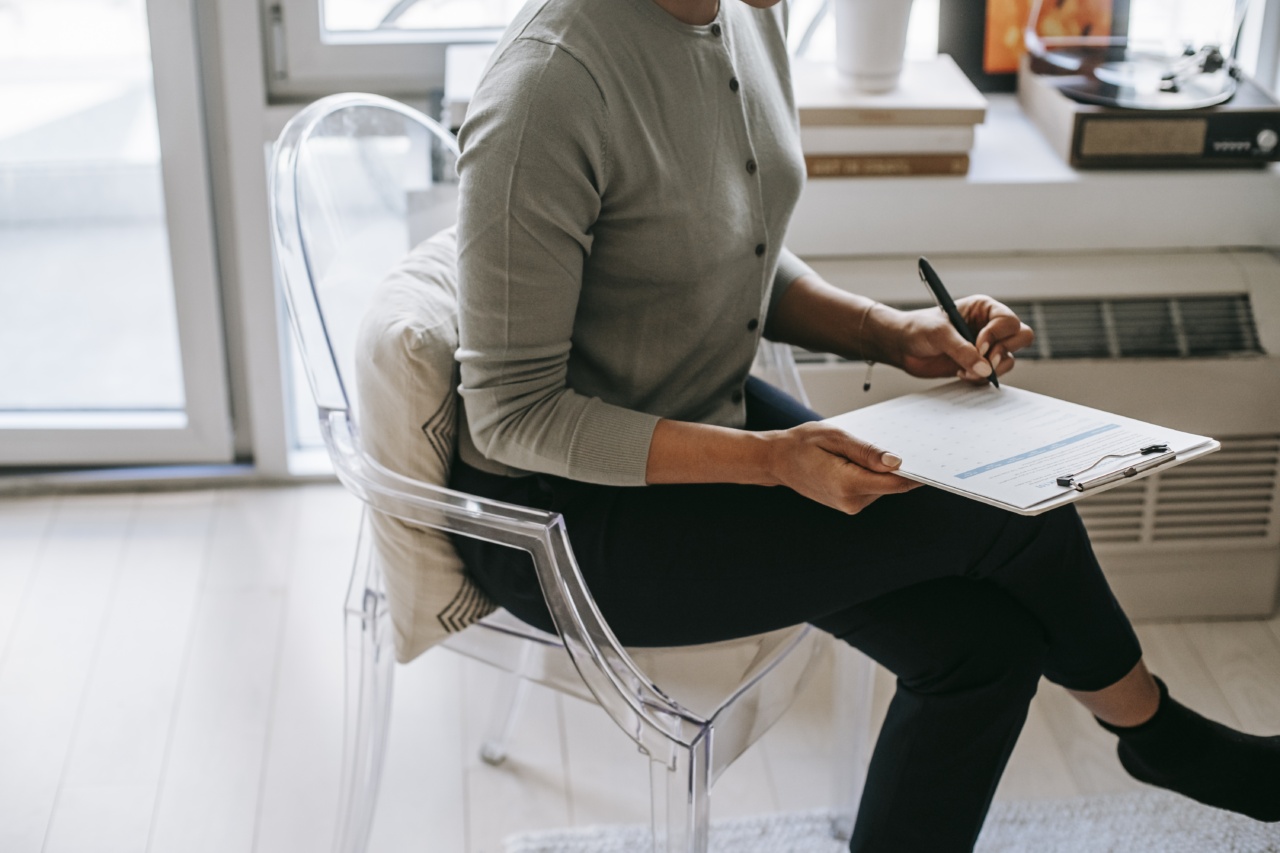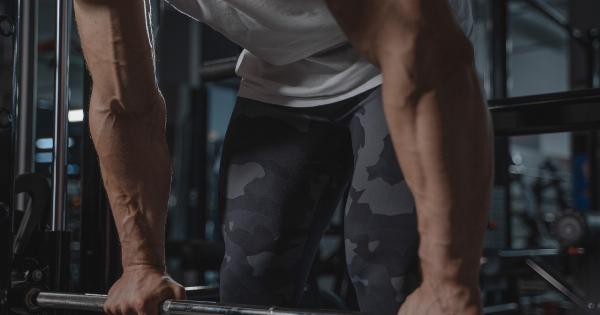Visible veins, commonly referred to as spider veins or varicose veins, can be a cause of concern for many people.
These enlarged and swollen blood vessels not only affect the appearance of your legs but can also lead to uncomfortable symptoms such as pain, itching, and fatigue. Fortunately, there are several effective solutions available to diminish the visibility of these veins and improve leg health.
In this article, we will explore some of the most common treatments and lifestyle changes that can help alleviate troubled legs and restore confidence.
Understanding Spider Veins and Varicose Veins
Spider veins and varicose veins are often used interchangeably, but they are not the same. It is important to understand the differences between them in order to choose the most appropriate treatment.
Spider Veins: These are small, dilated blood vessels that appear near the surface of the skin. They are usually red, purple, or blue in color and resemble a spider’s web or tree branches.
Spider veins are generally harmless and do not cause significant health problems.
Varicose Veins: These are larger and gnarled veins that typically appear swollen and raised. They can cause discomfort and may indicate an underlying venous insufficiency or other circulatory issues.
Varicose veins can also potentially lead to more serious complications like blood clots or ulcers.
Causes and Risk Factors
While the exact causes of spider veins and varicose veins are not always clear, several factors increase the risk of developing them:.
1. Family History
Having a family history of vein problems increases your likelihood of also experiencing visible veins.
2. Age
As we age, the valves in our veins may weaken, leading to blood pooling and vein enlargement.
3. Gender
Women are more likely to develop visible veins than men, primarily due to hormonal changes during pregnancy, menstruation, and menopause.
4. Pregnancy
Pregnancy puts additional pressure on the veins, increasing the risk of developing spider veins or varicose veins.
5. Obesity
Excess weight places extra strain on the veins and can contribute to vein problems.
6. Prolonged Sitting or Standing
Occupations or lifestyles that involve long periods of sitting or standing without movement can hinder proper blood flow, leading to vein issues.
Treatment Options for Visible Veins
While complete prevention of spider veins and varicose veins may not be possible, various treatment options can effectively reduce their appearance and alleviate symptoms. Here are some notable solutions:.
1. Compression Stockings
Compression stockings are a non-invasive and widely accessible option for managing troublesome veins. These specially designed stockings exert pressure on the veins, improving blood circulation and reducing swelling.
They come in different strengths, lengths, and styles, allowing individuals to find the most comfortable fit for their needs. Compression stockings are particularly beneficial for individuals with mild to moderate vein issues.
2. Sclerotherapy
Sclerotherapy is a popular medical procedure used to treat small varicose veins and spider veins. During this treatment, a solution is injected directly into the affected veins, causing them to collapse and fade over time.
The procedure is relatively quick, with minimal discomfort and no need for anesthesia. Multiple sessions may be required for optimal results, but sclerotherapy has a high success rate and is generally safe.
3. Laser Therapy
Laser therapy is another effective treatment for spider veins. It uses focused laser energy to target and destroy the damaged veins without harming the surrounding skin. Laser therapy is non-invasive, requires no injections, and has minimal downtime.
Although it may cause some temporary redness or swelling, the results are often noticeable after just a few sessions.
4. Endovenous Ablation
Endovenous ablation is a minimally invasive procedure used to treat larger varicose veins. It involves inserting a thin catheter into the affected vein and delivering either laser energy or radiofrequency to seal the vein shut.
The body reroutes the blood through healthier veins, leading to visible improvements in the appearance of the legs. Endovenous ablation typically offers long-lasting results and a quicker recovery compared to traditional surgery.
5. Radiofrequency Ablation
Similar to endovenous ablation, radiofrequency ablation uses radiofrequency energy to heat and seal off varicose veins. This procedure is performed under local anesthesia in an outpatient setting.
Radiofrequency ablation boasts high success rates, minimal discomfort, and a fast recovery.
6. Lifestyle Modifications
In addition to medical treatments, certain lifestyle changes can help promote leg health and prevent the worsening of visible veins:.
a) Exercise Regularly
Engaging in low-impact exercises like walking or swimming can improve blood circulation in the legs and reduce the appearance and discomfort of visible veins.
b) Maintain a Healthy Weight
Sustaining a healthy weight can alleviate the pressure on the veins and contribute to overall vein health.
c) Elevate the Legs
When resting or sleeping, elevating the legs helps reduce swelling and promotes better blood flow.
d) Avoid Prolonged Sitting or Standing
If your lifestyle requires extended periods of sitting or standing, be sure to take regular breaks and move around to prevent blood from pooling in the legs.
e) Wear Comfortable Shoes
Avoid high heels and tight shoes that restrict blood flow. Opt for footwear with proper arch support and a comfortable fit.
f) Avoid Crossing Legs
While sitting, try not to cross your legs for long periods as it can impede circulation.
g) Follow a Balanced Diet
A diet rich in fiber, antioxidants, and omega-3 fatty acids supports vein health. Include plenty of fruits, vegetables, and whole grains while minimizing salt and processed foods.
h) Do Not Smoke
Smoking damages blood vessels and restricts blood flow, worsening the condition of visible veins.
i) Manage Hormonal Changes
If you are experiencing hormonal changes due to pregnancy or menopause, consult with your healthcare provider about potential remedies or hormone replacement therapy.
When to Seek Professional Help
If you have concerns about the appearance or discomfort caused by spider veins or varicose veins, it is advisable to consult a healthcare professional specializing in vein treatments.
They can assess your condition and provide personalized recommendations for the most suitable treatment options.
Be Confident in Your Legs Again
Visible veins on the legs can be distressing, but you don’t have to suffer in silence. With the wide array of treatment options available today, you can take control of your leg health and rediscover the confidence you deserve.
Whether through compression stockings, minimally invasive procedures, or lifestyle changes, troubled legs can become a thing of the past.



























